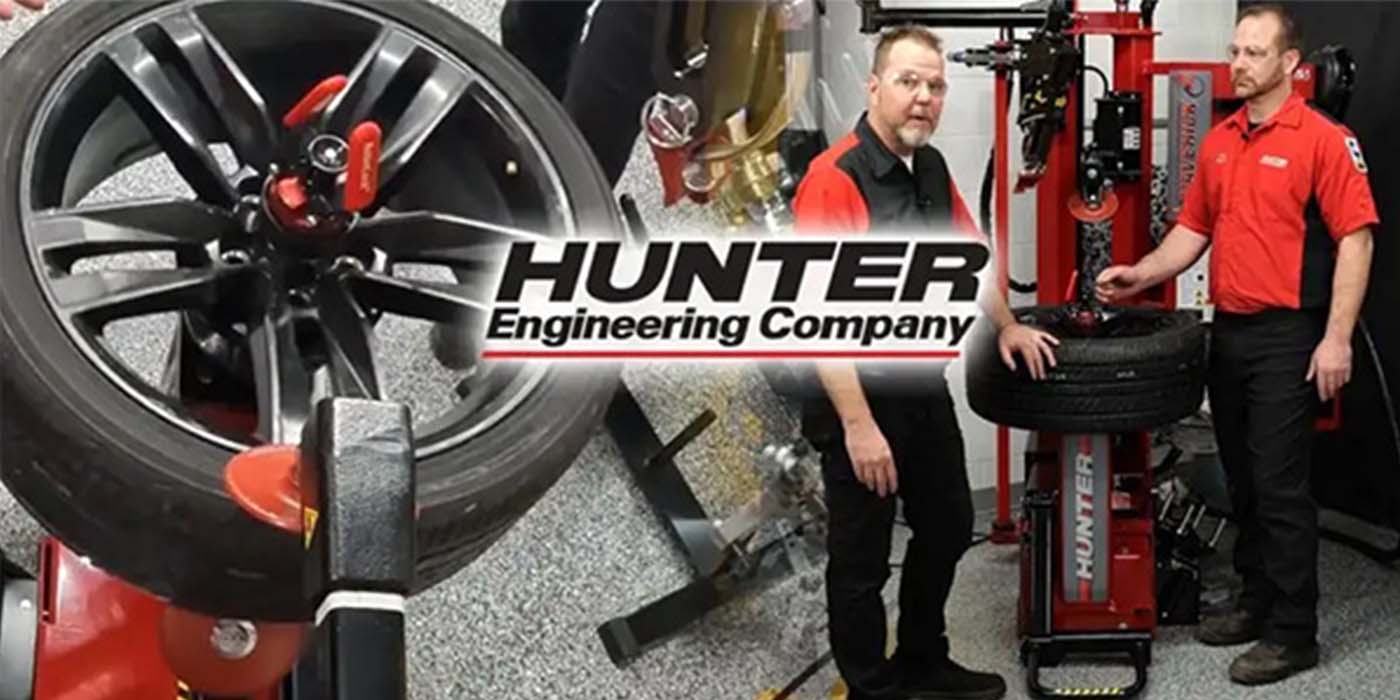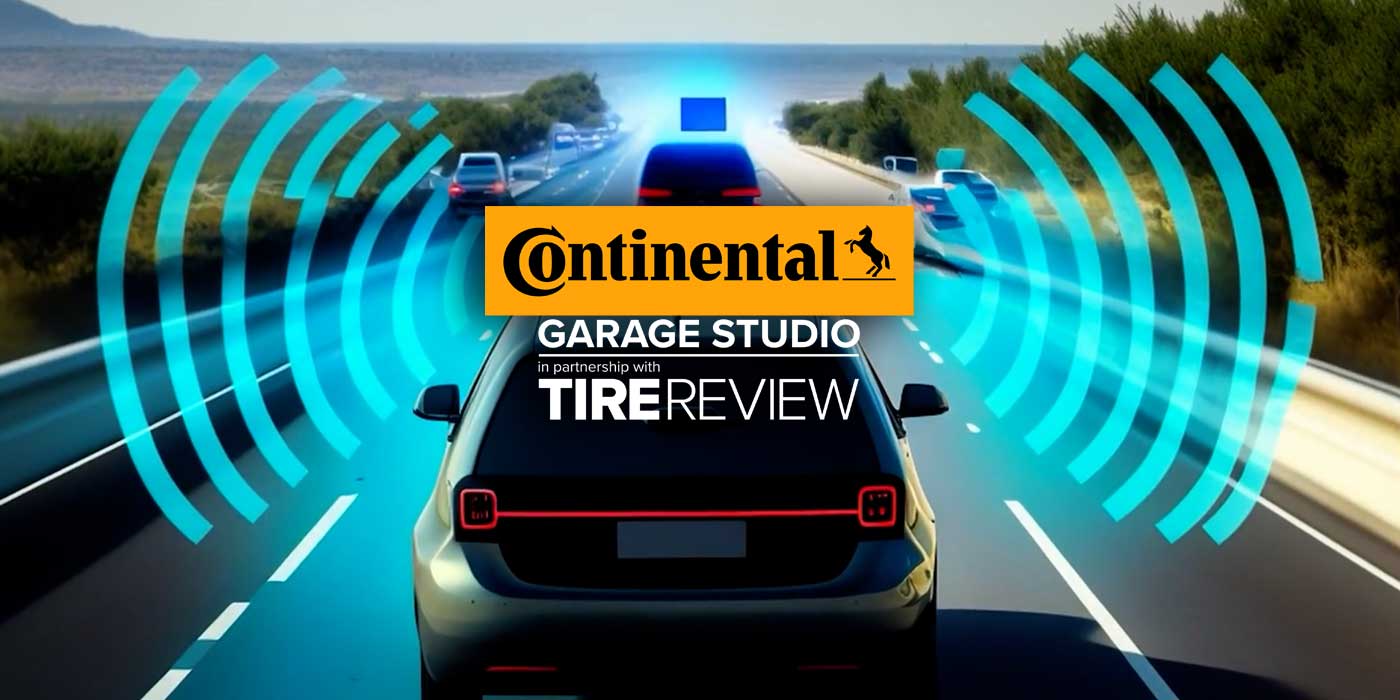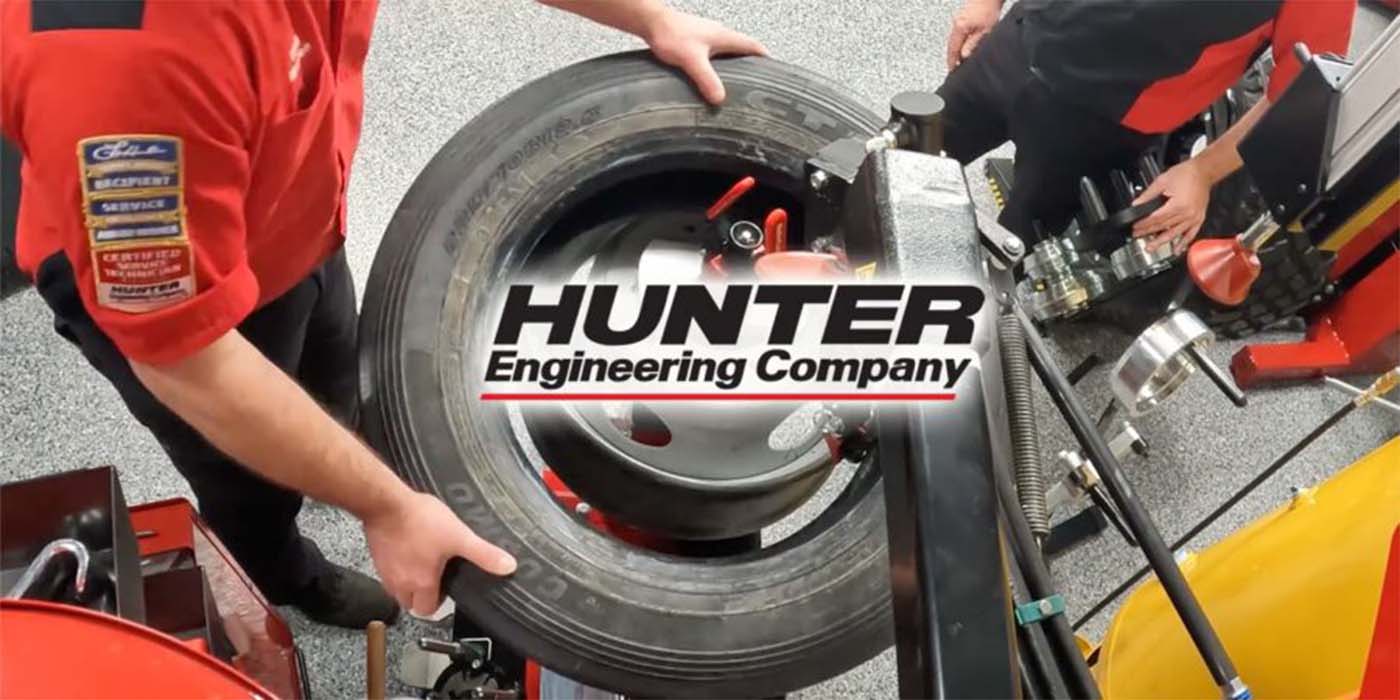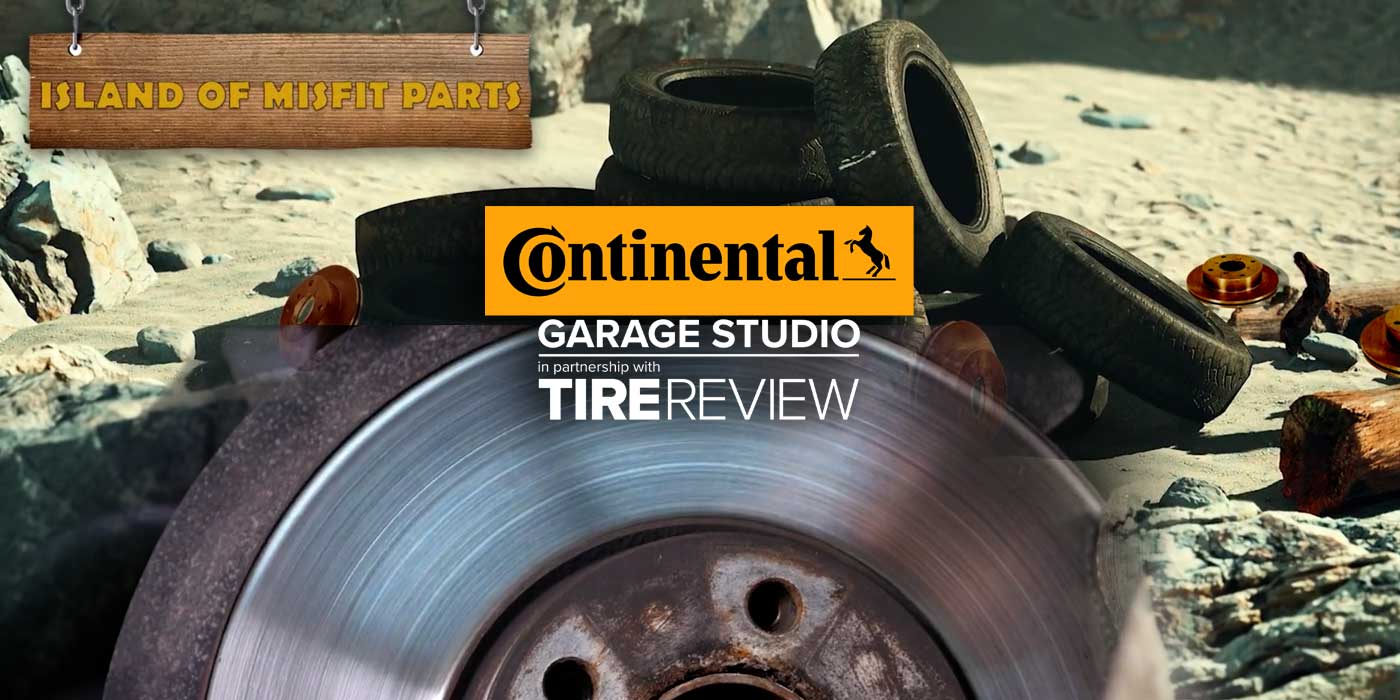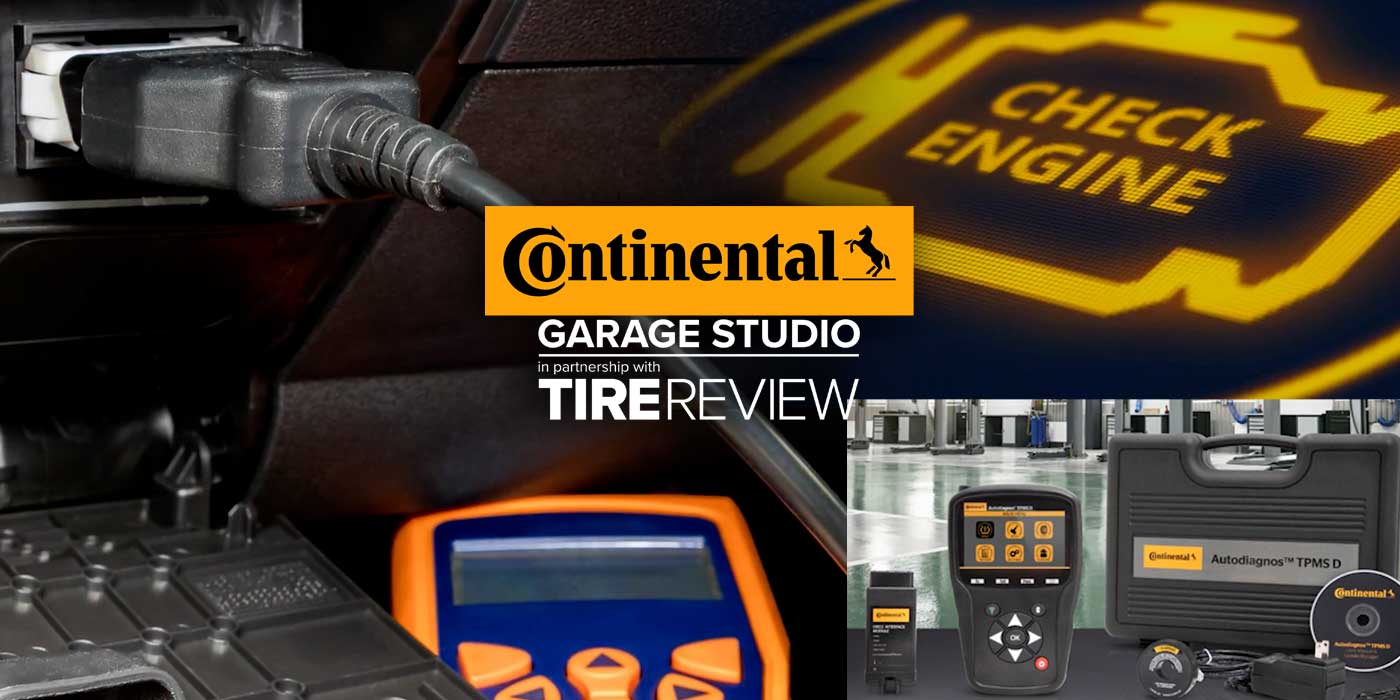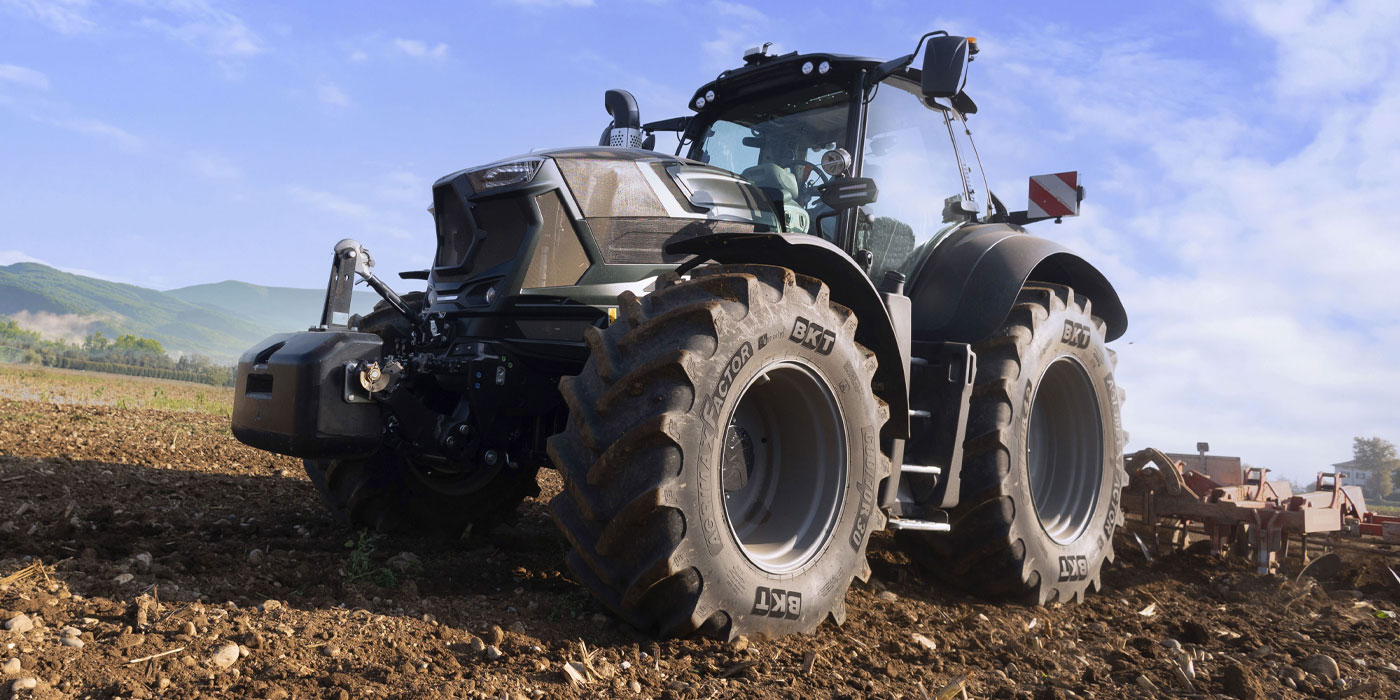Do you know tires can float? Just kidding…but if you’ve ever gone off-roading and ended up with your tires sunk in the sand or sediment, you definitely would have recognized the purpose of a high-flotation tire. In this Tire Review Continental Tire Garage Studio video, let’s talk about why these tires are important and when to suggest them to off-road adventurers.
You’re probably used to hearing about flotation tire sizes when it comes to ag tires, like tractor tires working in the fields. Those are typically used to avoid soil compaction, and sort of have the same purpose when it comes to off-roading.
When we talk about flotation tires in off-road environments, these tires are meant to have a particularly wide footprint, which can be maximized by running lower inflation pressures, thus expanding the tire’s durable and reinforced sidewalls. So, rather than digging and clawing through terrain like sand and silt, these tires at low inflation pressures have an expanded contact patch that allows them to “float” on top of the surface of softer soils.
So, what’s the difference between high-flotation tires and metric tires?
Well, flotation tires are measured in inches, while metric tires are measured in millimeters (other than the wheel diameter, which is always measured in inches). While metric tire sizes provide you with the section width, aspect ratio and wheel diameter, flotation tire sizes include the total tire diameter, or tire height, the tire width and the wheel diameter. So, how do you read flotation sizes for trucks?

Flotation tires also feature a load index and speed rating, as shown by the 114 and Q respectively. These indicate their load and speed capacity, much like with metric tire sizes.
Some of the most popular flotation sizes for pickups, SUVs and Jeeps are 33-, 35-, 37- and 40-inch fitments, according to TireBuyer.
Don’t forget to follow us on Instagram and Facebook and subscribe to our YouTube channel for more tire, service and shop operations videos.

